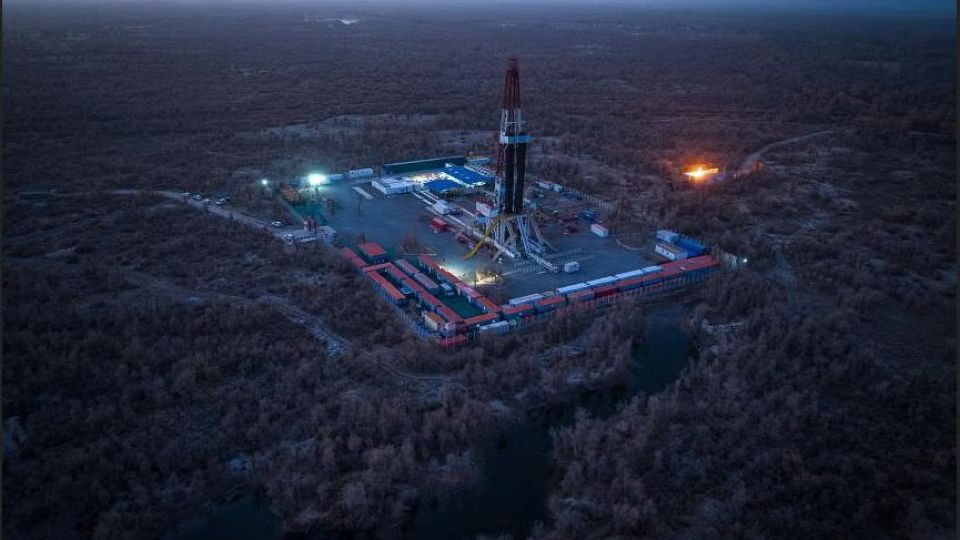February 1, 2024
URUMQI – Xinjiang will ramp up its energy production in 2024, as trade disruption in the Red Sea and a drive to lift its sputtering economy put pressure on China’s energy needs.
The north-western autonomous region, which has rich resources in oil, natural gas, coal and minerals, plans to build large-scale oil and gas production, processing and storage bases, and tap more oil and gas fields. It will also speed up coal production while also increasing its reserves of oil and gas.
These plans were set out by the region’s governor Erkin Tuniyaz in his work report on Jan 30 as he opened Xinjiang’s annual parliamentary meetings in the capital city of Urumqi.
In a first, the Xinjiang government allowed some foreign diplomats and journalists to attend the opening ceremonies of the two meetings, which will go on for four days and will be attended by more than 1,000 legislators and delegates.
Xinjiang is one of the last of the 31 provinces, municipalities and autonomous regions to hold their yearly legislative session ahead of the national conclave in Beijing in March known as the Two Sessions.
The meetings on the local and national levels bring together leaders, lawmakers and advisers to chart the year’s economic and social agenda, pass legislation and present proposals.
The far-flung region grew by 6.8 per cent in 2023, just within range of the target of “around 7 per cent” set at 2023’s parliamentary session.
Agriculture and energy took priority as the country doubled down on its efforts for food and energy security.
Its crude oil, natural gas and coal production went up, with coal increasing by 10 per cent. New energy capacity was also boosted by a third to reach 64.431 million kilowatt-hours, making up nearly half of the region’s total power generation capacity.
International trade has been severely disrupted by the Houthi attacks in the Red Sea, a vital shipping route between China and Europe.
Analysts say the crisis has not affected oil flows into China significantly, but it has likely given pause to Beijing, which has already been diversifying its energy imports to minimise being caught up in vulnerable supply chains and price hikes.
China is the largest consumer and importer of energy in the world.
Dr Dong Jinyue, senior economist at BBVA Research in Hong Kong, said Xinjiang’s growth in 2023 was hampered by the overall lacklustre recovery of consumption in the country after Covid-19 restrictions were lifted at the end of 2022.
That could have had some adverse impact on Xinjiang’s tourism, goods and commodity demand, she said.
Xinjiang’s 6.8 per cent growth had come off a low base of a 3.2 per cent expansion the year before, when China’s punishing zero-Covid policy was still in place.
It had managed growth of between 7.6 and 10 per cent from 2014 to 2017, before slipping to 6.1 and 6.2 per cent in 2018 and 2019, just as international controversy erupted over its anti-terror re-education camps.
A free-trade zone, established in November 2023, offers hope to officials of more significant cross-border trade, especially with neighbouring countries such as Kazakhstan, Kyrgyzstan and Tajikistan, and gives President Xi Jinping’s Belt and Road Initiative a boost.
Xinjiang will aim for more modest growth in 2024 at around 6.5 per cent, said Mr Tuniyaz.
This is in line with the anticipated national target, which Dr Dong anticipates to be 4.5 to 5 per cent, lower than 2023’s target of “around 5 per cent”.
“Setting a lower growth target reflects the economic challenges of Xinjiang, such as decelerating consumption demand, the housing market crash, the weak external demand in 2024 and the economic slowdown expectation,” she said.
On the other hand, it provides the Xinjiang government with more time and room to deal with structural reforms locally, said Dr Dong.


